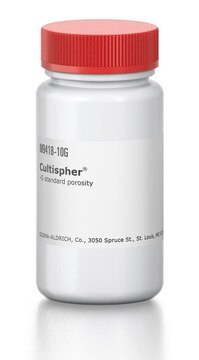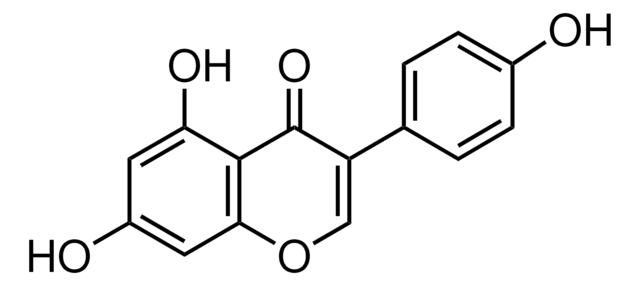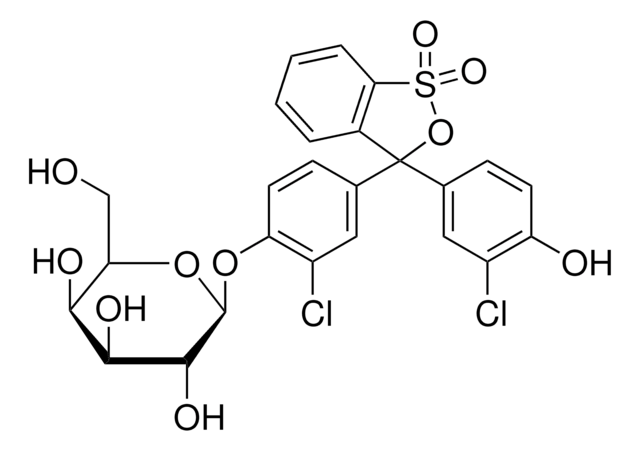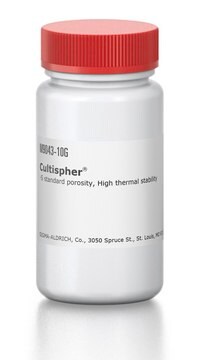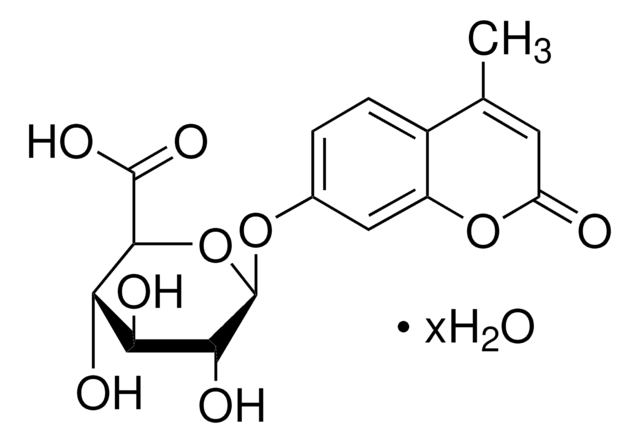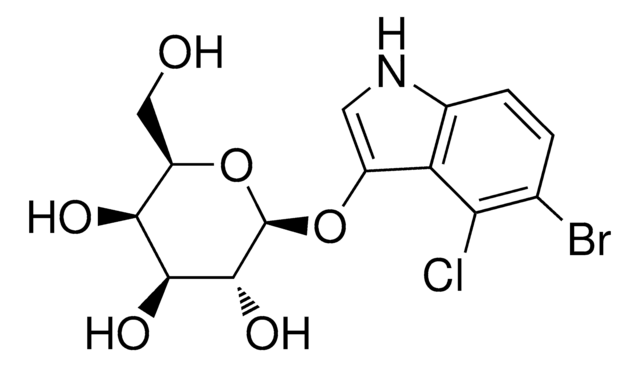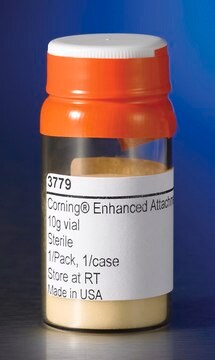Wichtige Dokumente
P203
Phenamil methanesulfonate salt
solid
Synonym(e):
3,5-Diamino-6-chloro-N-[imino(phenylamino)methyl]pyrazinecarboxamide methanesulfonate salt
About This Item
Empfohlene Produkte
Form
solid
Qualitätsniveau
Farbe
yellow
Löslichkeit
45% (w/v) aq 2-hydroxypropyl-β-cyclodextrin: 2.5 mg/mL
DMSO: ≥5 mg/mL (with warming)
0.1 M HCl: insoluble
H2O: insoluble
Lagertemp.
2-8°C
SMILES String
CS(O)(=O)=O.Nc1nc(N)c(nc1Cl)C(=O)NC(=N)Nc2ccccc2
InChI
1S/C12H12ClN7O.CH4O3S/c13-8-10(15)19-9(14)7(18-8)11(21)20-12(16)17-6-4-2-1-3-5-6;1-5(2,3)4/h1-5H,(H4,14,15,19)(H3,16,17,20,21);1H3,(H,2,3,4)
InChIKey
MHPIZTURFVSLTJ-UHFFFAOYSA-N
Angaben zum Gen
human ... SCNN1A(6337) , SCNN1B(6338) , SCNN1D(6339) , SCNN1G(6340)
mouse ... Scnn1a(20276) , Scnn1b(20277) , Scnn1d(140501) , Scnn1g(20278)
rat ... Scnn1a(25122) , Scnn1b(24767) , Scnn1g(24768)
Allgemeine Beschreibung
Anwendung
- to stimulate adipocyte differentiation in 3T3 cells
- to test its effect on lateral flagella expression in Vibrio shilonii
- in nanoparticle preparation to test its effect on osteo/odontoblastic differentiation
Biochem./physiol. Wirkung
Lagerklassenschlüssel
11 - Combustible Solids
WGK
WGK 3
Flammpunkt (°F)
Not applicable
Flammpunkt (°C)
Not applicable
Persönliche Schutzausrüstung
Eyeshields, Gloves, type N95 (US)
Hier finden Sie alle aktuellen Versionen:
Analysenzertifikate (COA)
Die passende Version wird nicht angezeigt?
Wenn Sie eine bestimmte Version benötigen, können Sie anhand der Lot- oder Chargennummer nach einem spezifischen Zertifikat suchen.
Besitzen Sie dieses Produkt bereits?
In der Dokumentenbibliothek finden Sie die Dokumentation zu den Produkten, die Sie kürzlich erworben haben.
Unser Team von Wissenschaftlern verfügt über Erfahrung in allen Forschungsbereichen einschließlich Life Science, Materialwissenschaften, chemischer Synthese, Chromatographie, Analytik und vielen mehr..
Setzen Sie sich mit dem technischen Dienst in Verbindung.